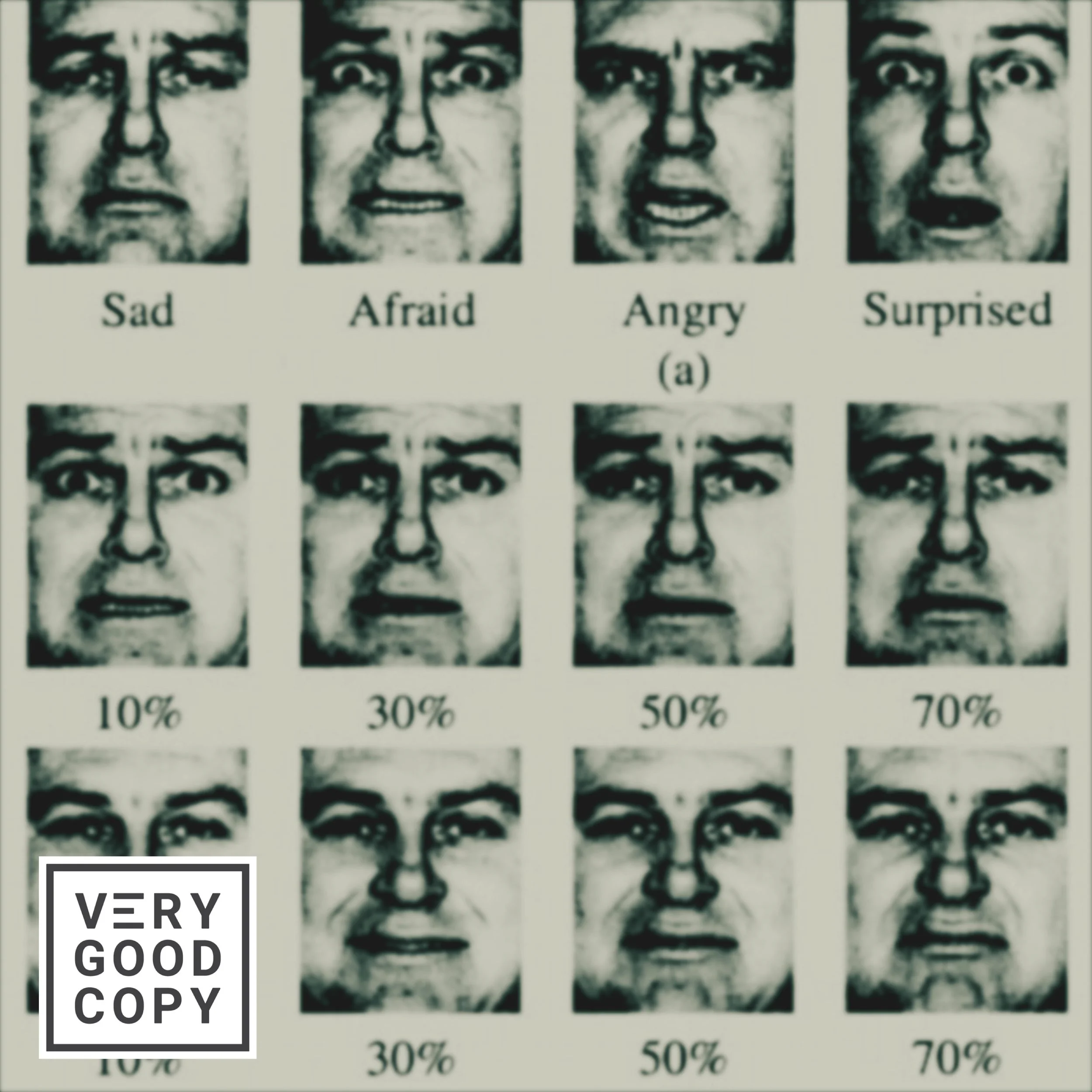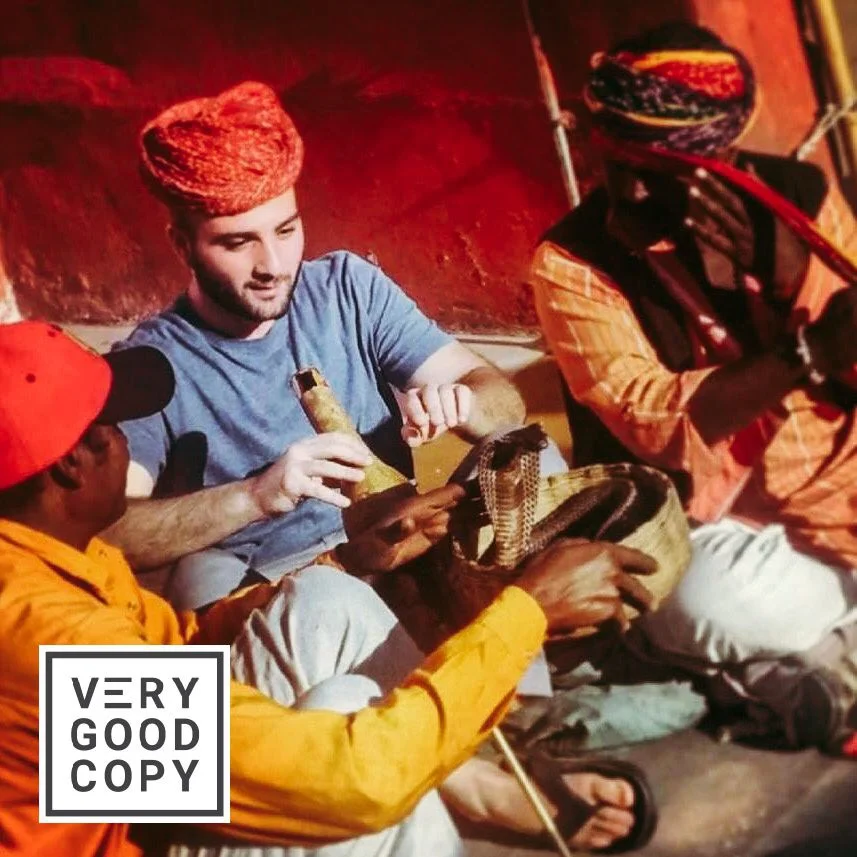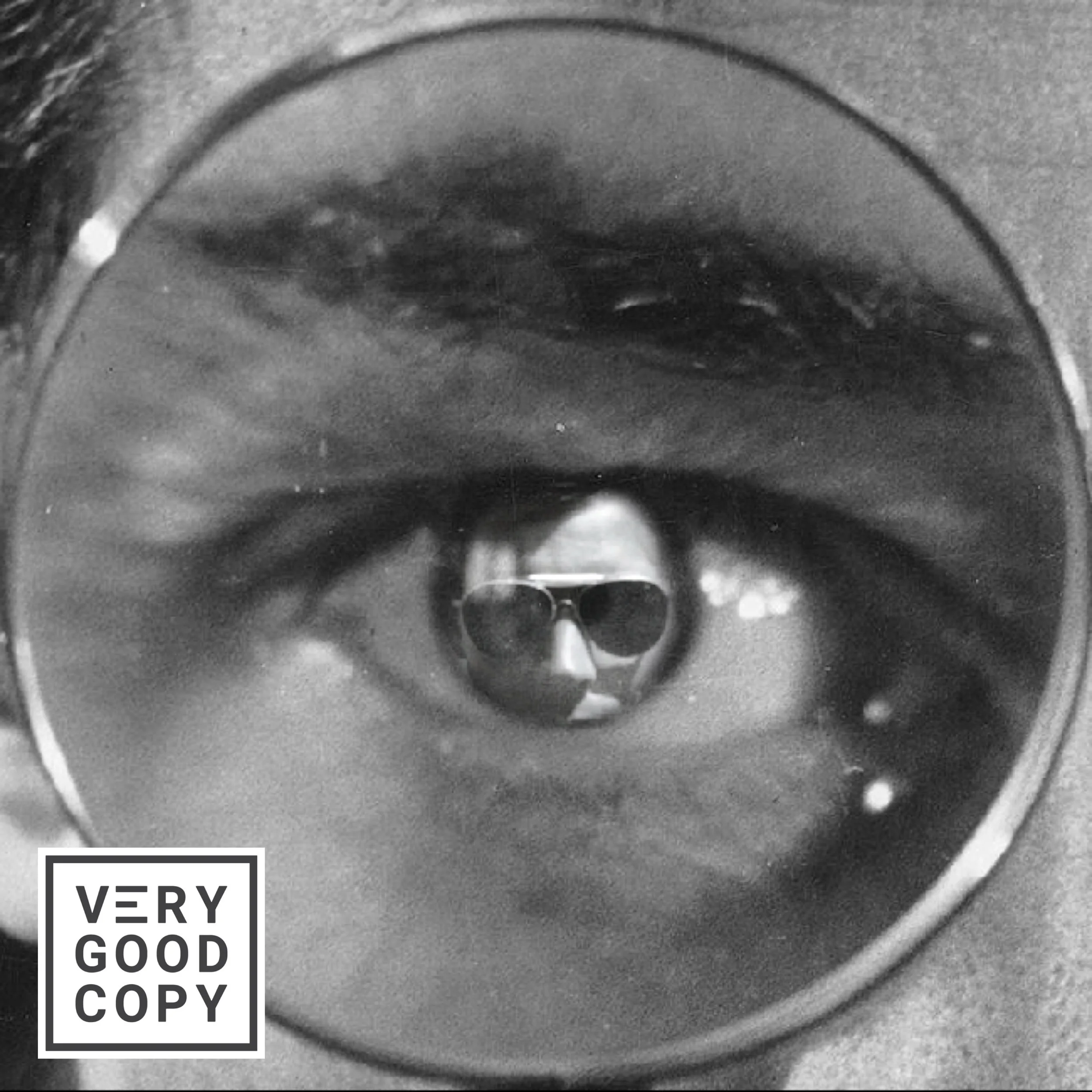![VeryGoodCopy [Small].png](https://images.squarespace-cdn.com/content/v1/5615edeae4b0b9df5c3d6e90/1581470363625-P18N8UOBX7ZASV2G803P/VeryGoodCopy+%5BSmall%5D.png)
Spending money hurts.
It’s literally painful, like a punch in the arm.
According to research out of Carnegie Mellon University, the insula, a part of your brain associated with pain processing, activates when you perceive something to be expensive.
And this activation — this pain — discourages spending.

Never miss a VeryGoodCopy micro-article: SUBSCRIBE
The pain is actually your brain’s response to risk.
The higher the price, the higher the risk.
Risk = wasted money, time, or opportunity.
More risk = more pain = less sales.
Less risk = less pain = more sales.
So as copywriters and marketers, we should always be working to create offers that decrease our buyers’ perceived risk.
Enter: guarantees.
Guarantees are ubiquitous. We’ve all seen them in many forms and flavors:
The “Price Lock” guarantee
The “100% Satisfaction” guarantee
The “Show-Me-You-Did-The-Work” guarantee
There are many variations. But most are based on a few key rules.
In his article, The Art of the Irresistible Offer, legendary copywriter Clayton Makepeace outlines 4:
![VeryGoodCopy [Small].png](https://images.squarespace-cdn.com/content/v1/5615edeae4b0b9df5c3d6e90/1581470574292-TRDSUR16E02EXO7ASII7/VeryGoodCopy+%5BSmall%5D.png)
JOIN THOUSANDS OF SUBSCRIBERS

Rule 1: Longer guarantees decrease refunds.
According to Makepeace:
“Cheaping out is the biggest blunder you can make in a guarantee. Offer a 60-day or 90-day guarantee and you're going to get a blizzard of refund requests two or three months out.Delay your customer's decision date for a year, and you'll find that refunds fall precipitously.”
Rule 2: Performance-based guarantees increase sales.
According to Makepeace:
“Whenever possible, tie your guarantee to your product's performance. Set a specific benchmark: ‘XYZ will double your money in gold stocks every three months, or just let me know and I'll refund every penny you paid.’"
Rule 3: Big production costs = “Please return product…”
According to Makepeace:
“In cases where you have significant production costs – or when there's a temptation for shady customers to take advantage of your generosity and get your product for free – you may need to require that the prospect return the product or ‘the unused portion’ in order to exercise his right to a refund.”
Rule 4: Low production costs = “No questions asked!”
According to Makepeace:
“If on the other hand, you're selling something that costs very little to produce – a newsletter, for example – you're better off telling prospects that in the unlikely event they decide to cancel, they can keep everything they've received from you completely without cost or further obligation.”
Before crafting your next guarantee…
Consider these rules.
Let them inform your decision making.
LEARN TO PERSUADE
![VeryGoodCopy [Small].png](https://images.squarespace-cdn.com/content/v1/5615edeae4b0b9df5c3d6e90/1581470660703-RZIPFQ2TNDLIWT8K3DFA/VeryGoodCopy+%5BSmall%5D.png)
WRITE BETTER.
MARKET BETTER.
SELL MORE.
COMMENT BELOW
Judge not lest ye be judged.



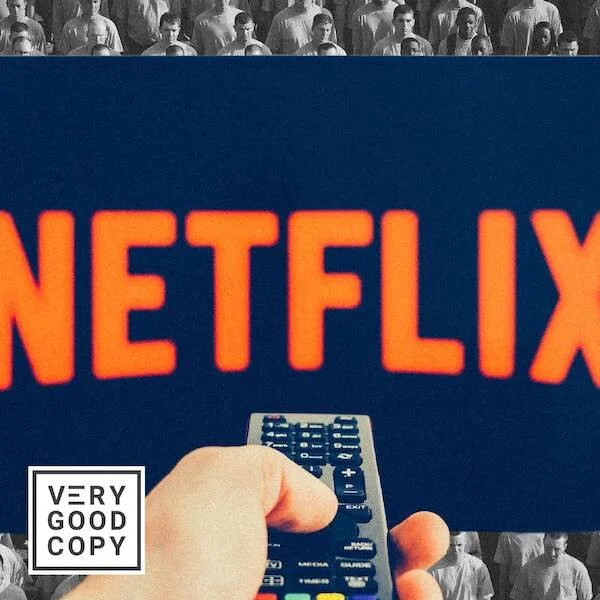

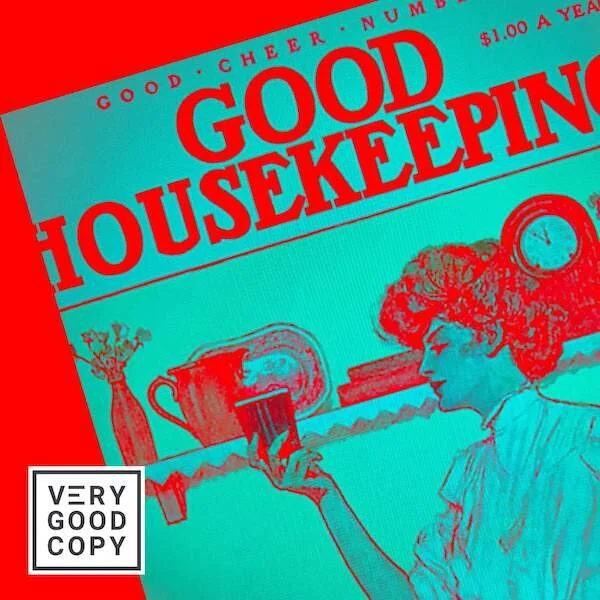
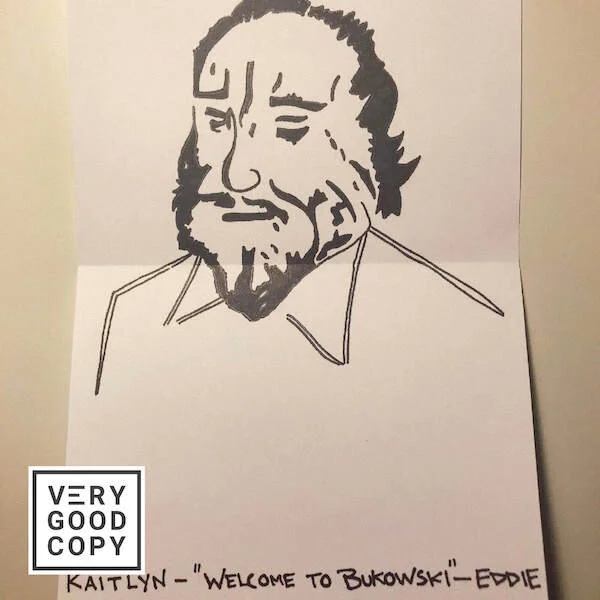




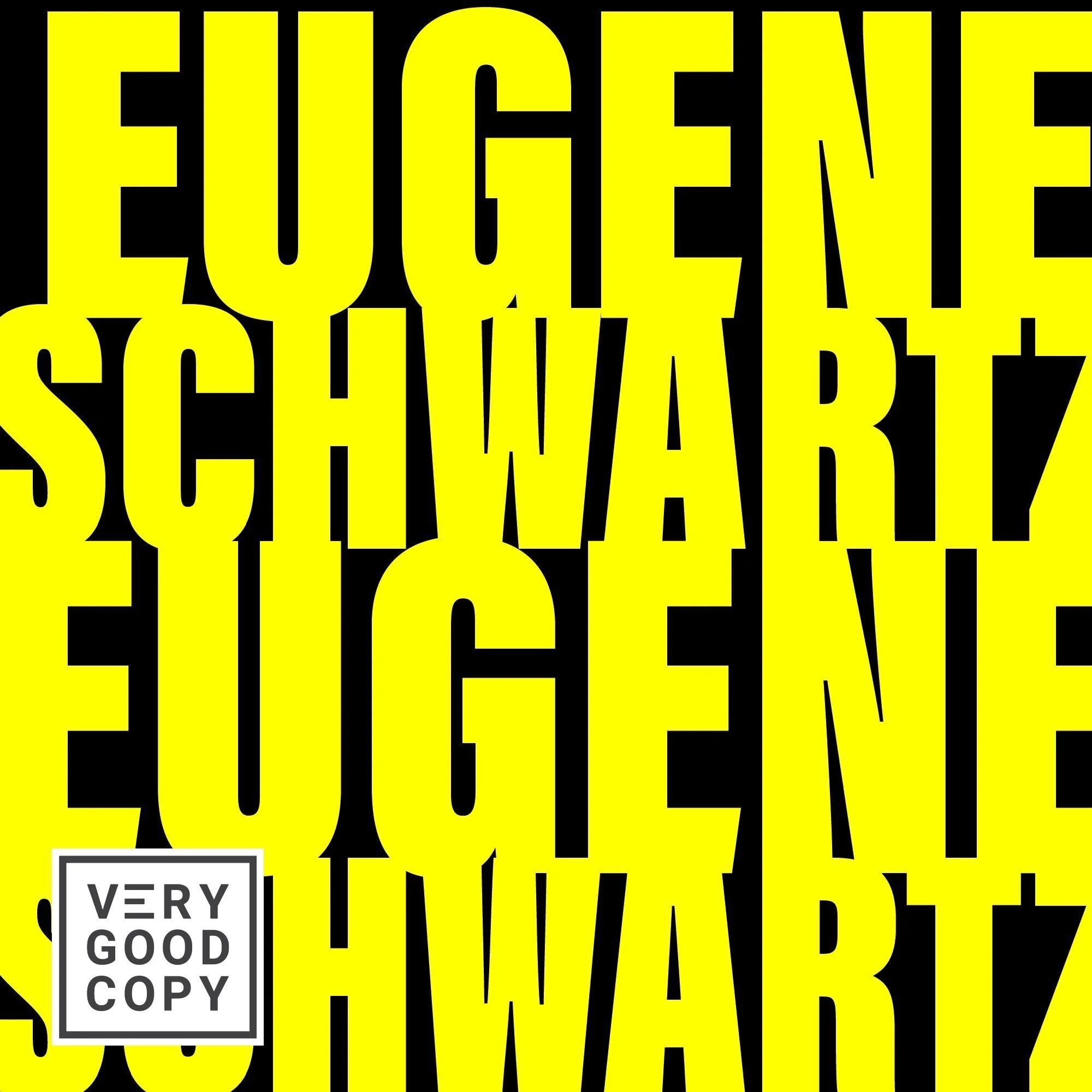
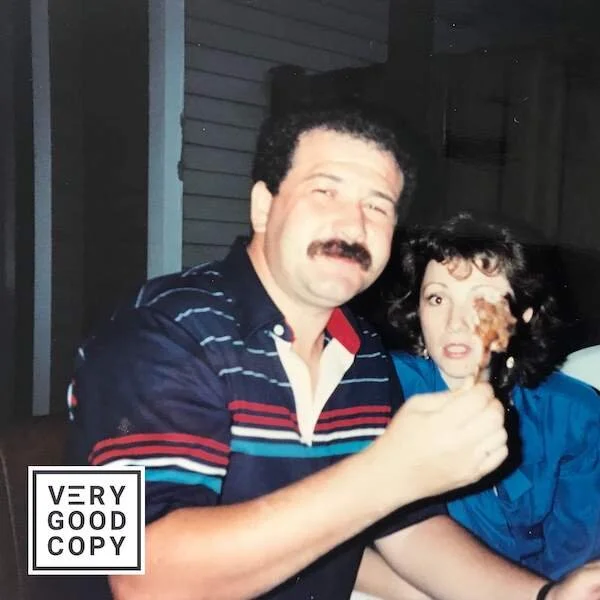






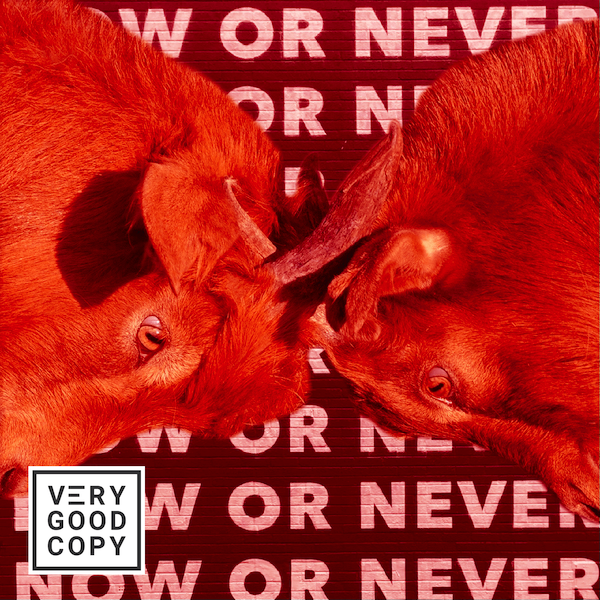
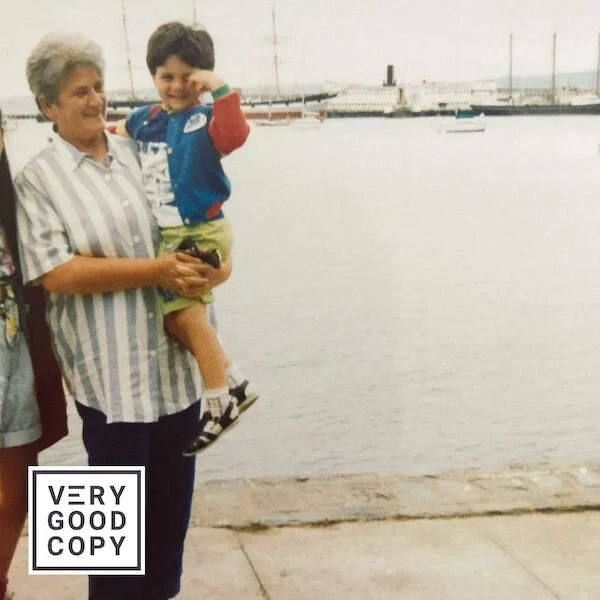





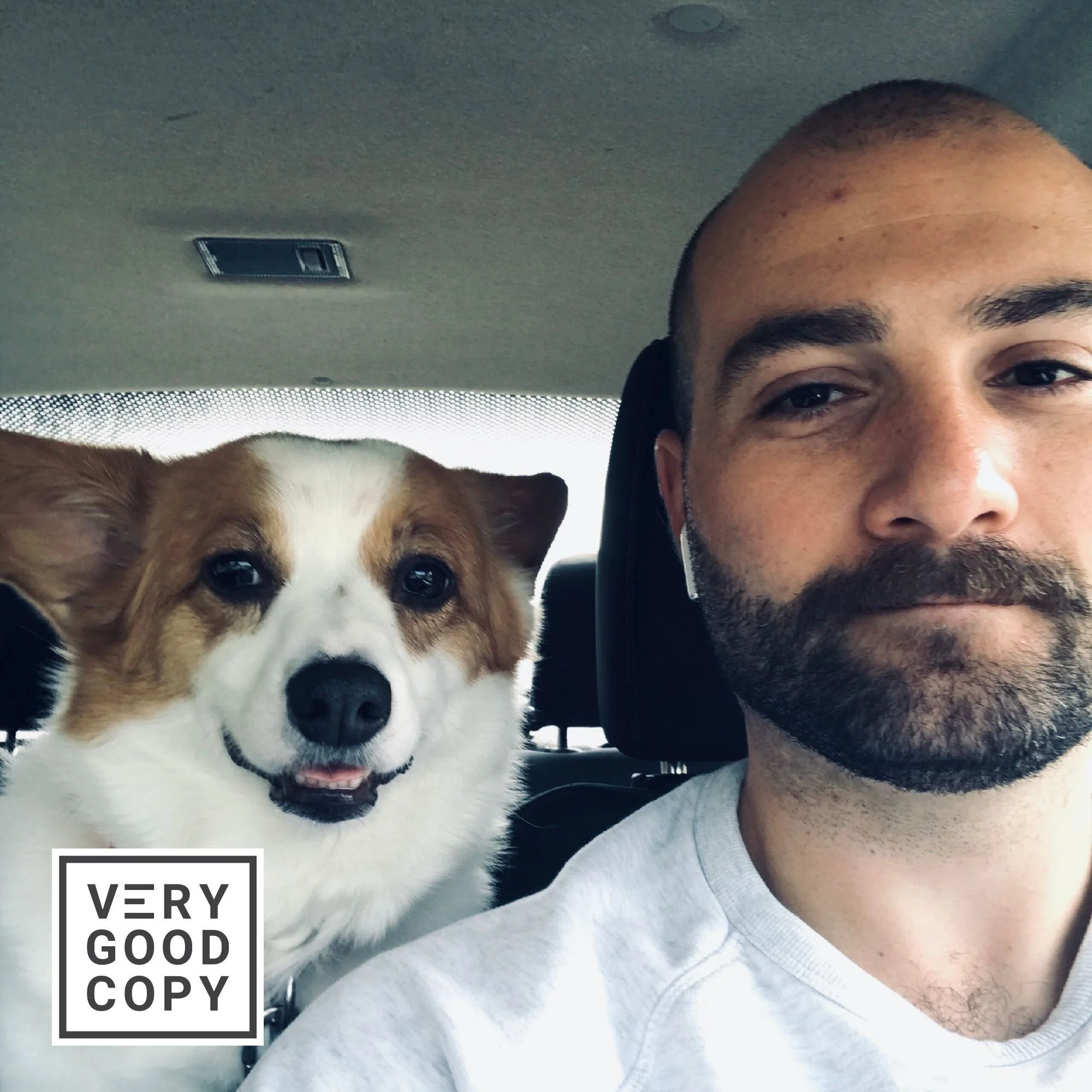






![How to write better dialogue [easy, instant, Hemingway-inspired hack]](https://images.squarespace-cdn.com/content/v1/5615edeae4b0b9df5c3d6e90/1600810690603-XZIT3F465CS25186CILF/Better+dialogue+COMP.JPG)





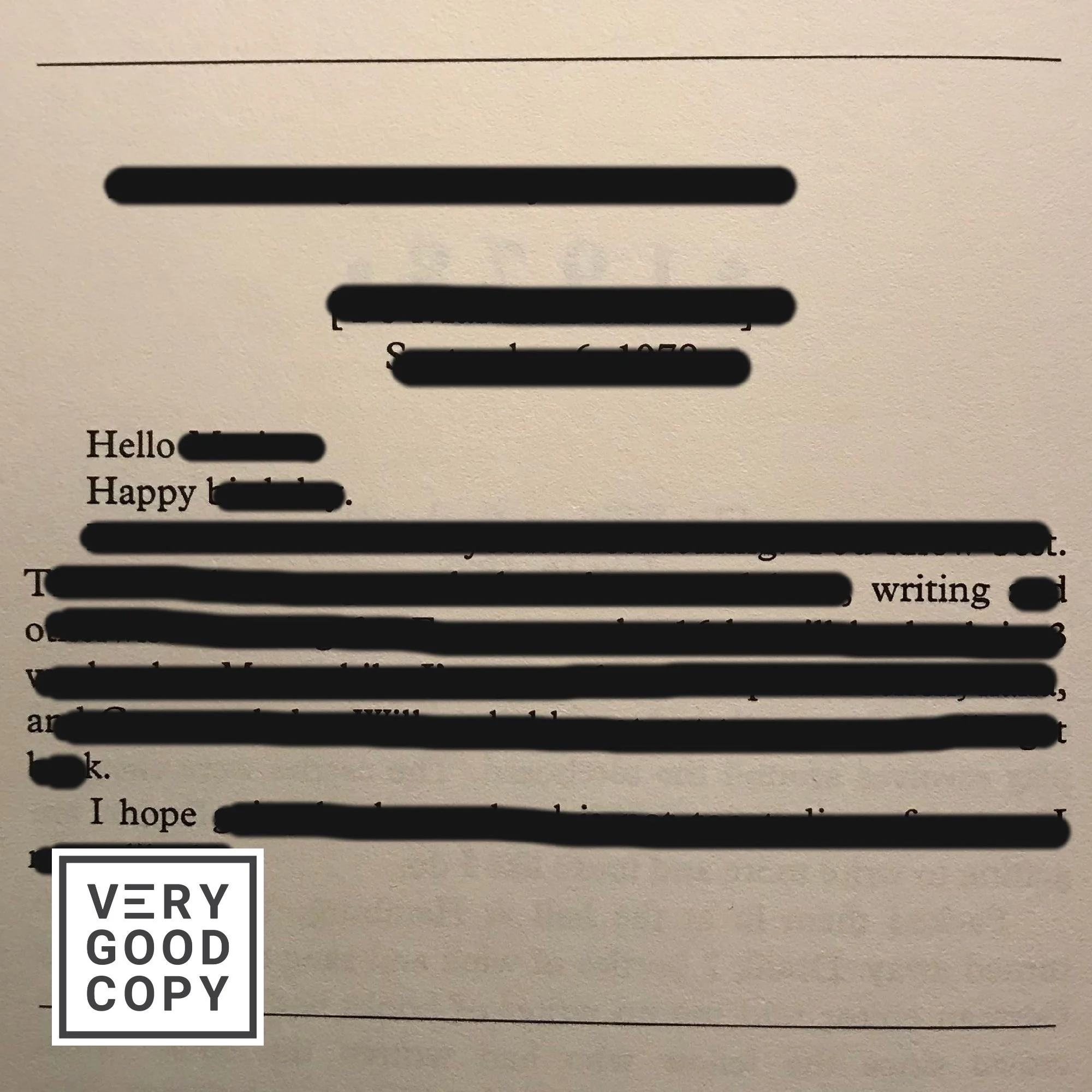
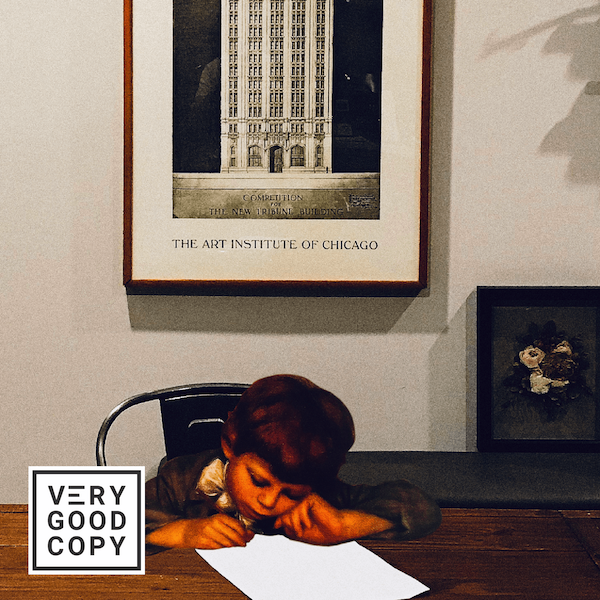



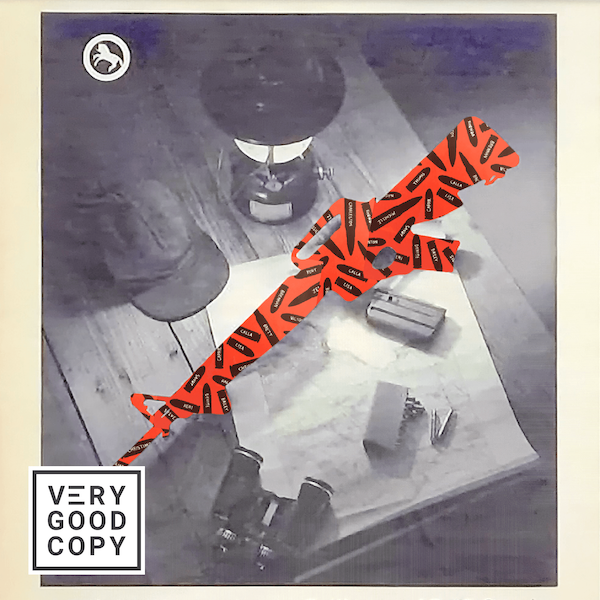









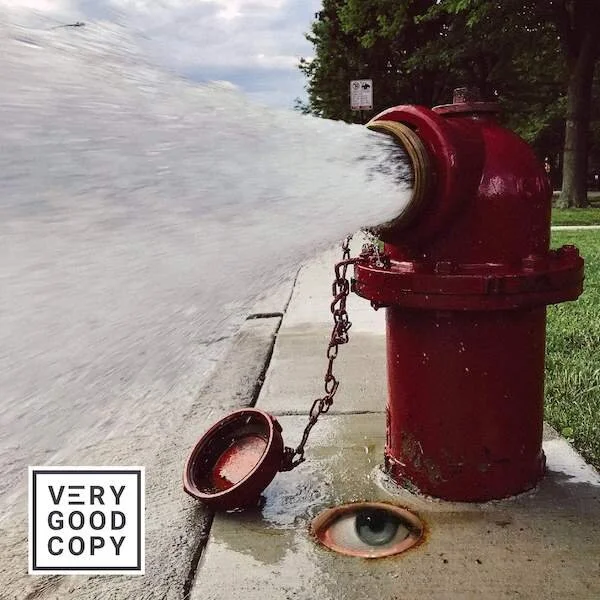


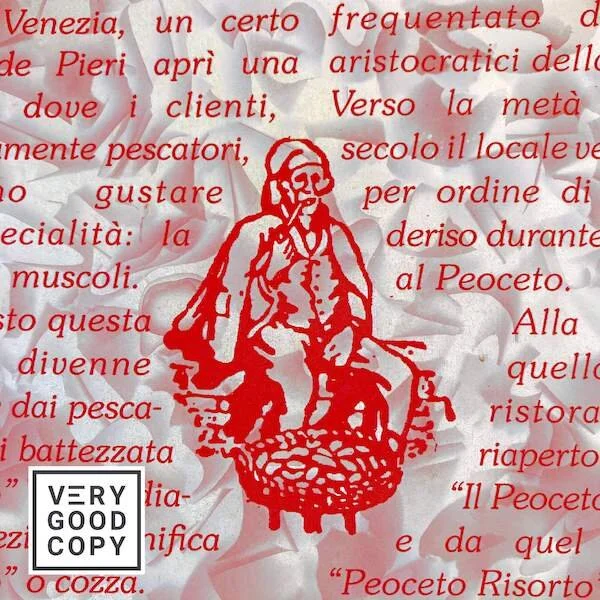

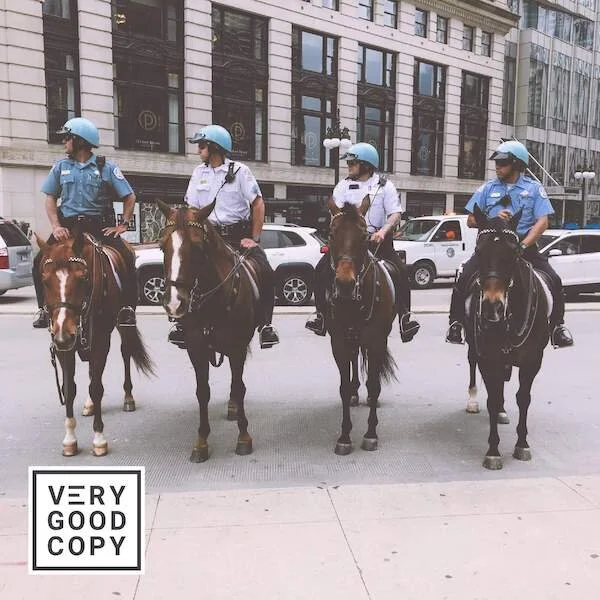


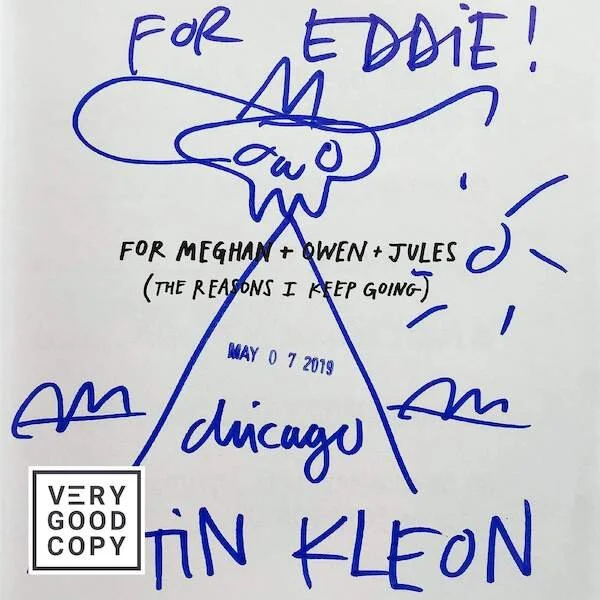
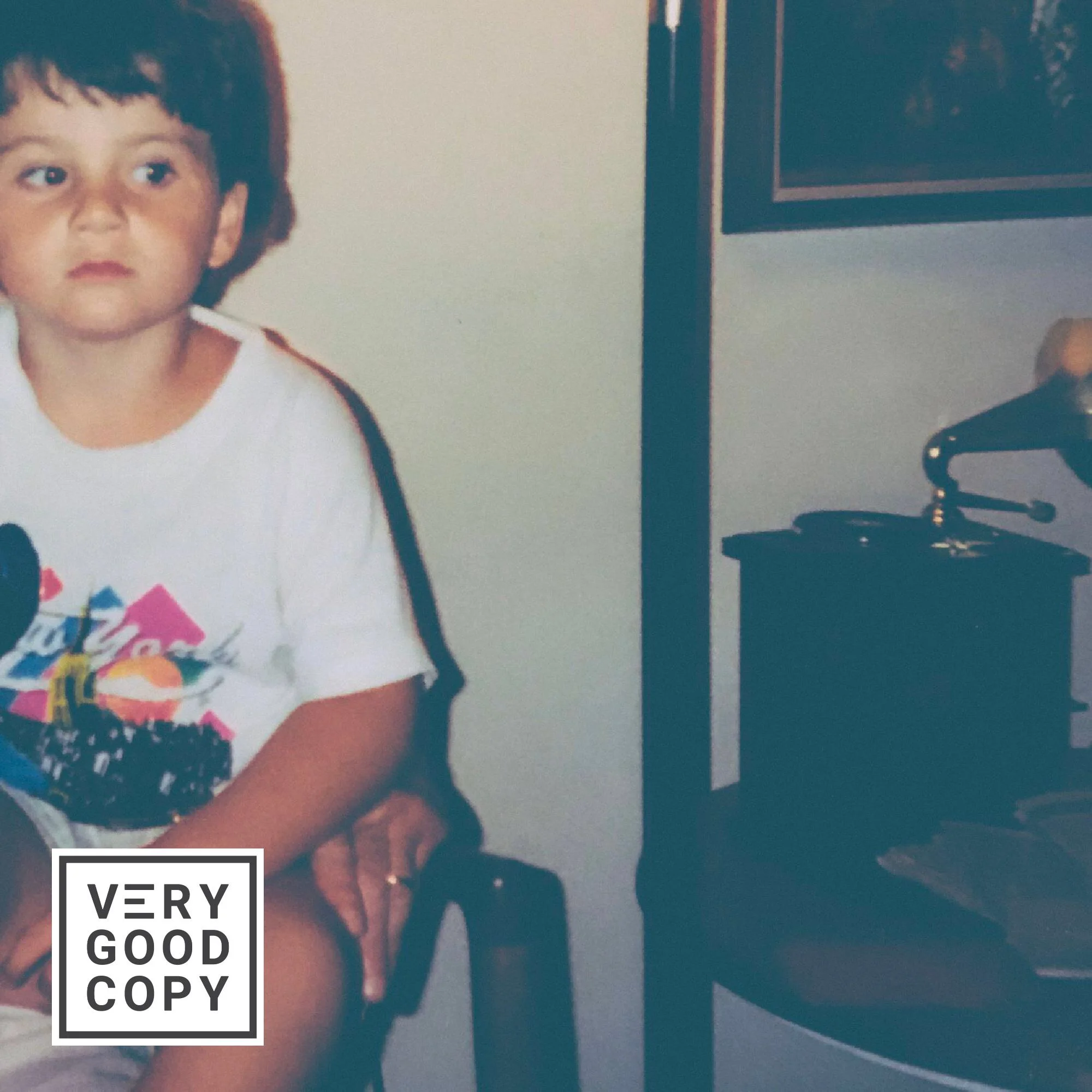










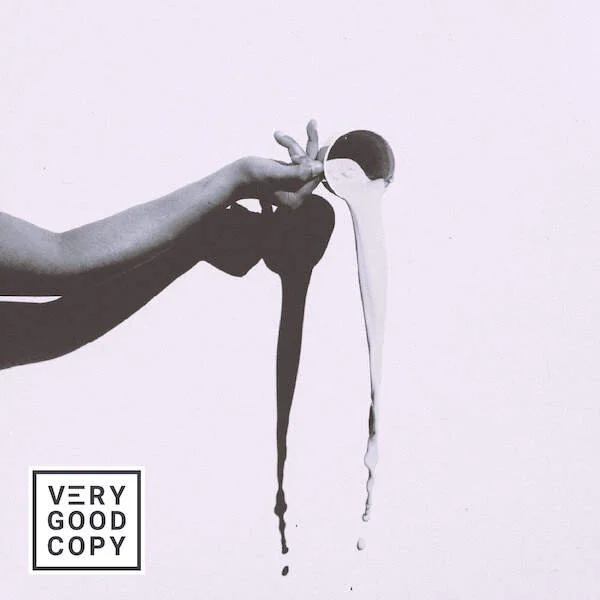

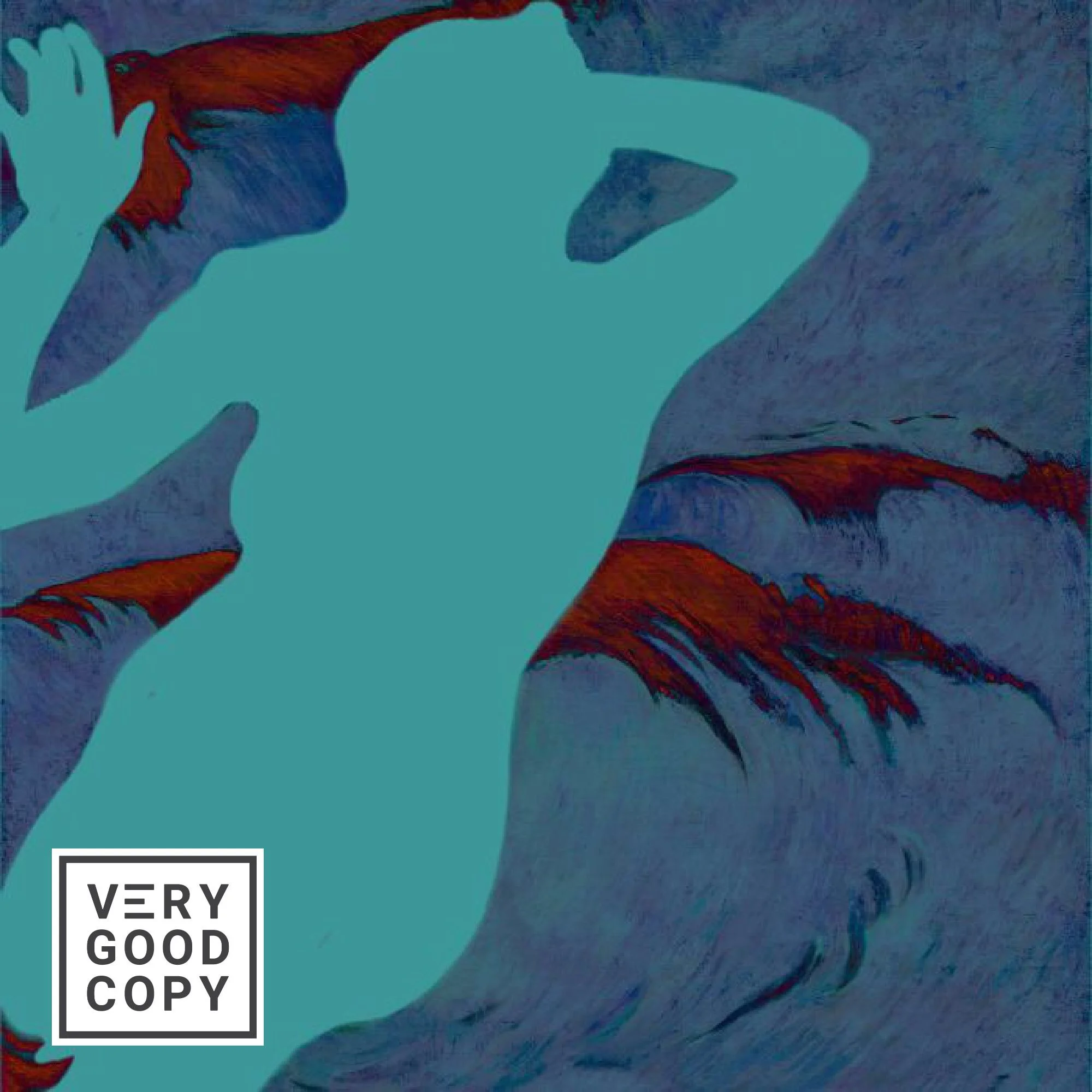
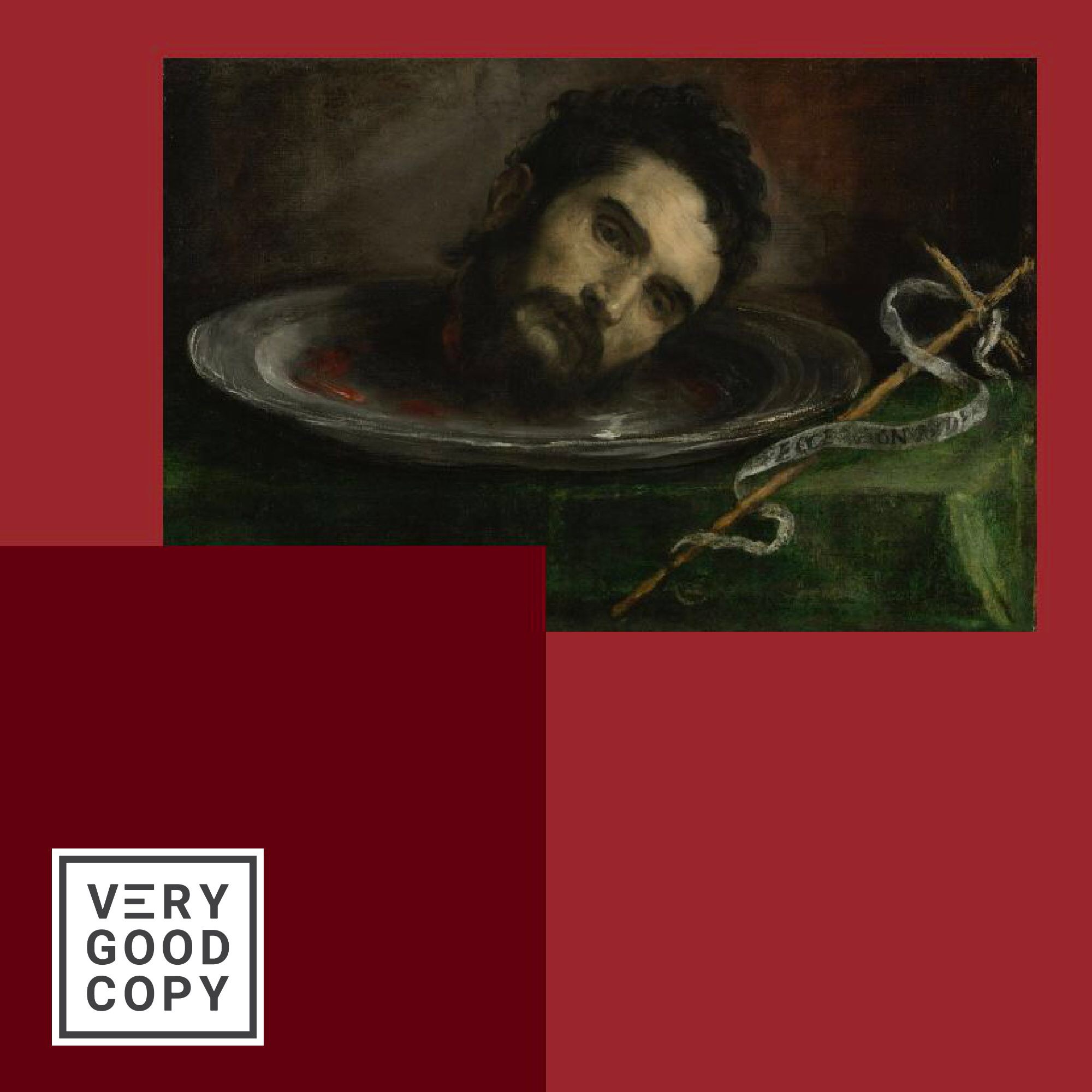









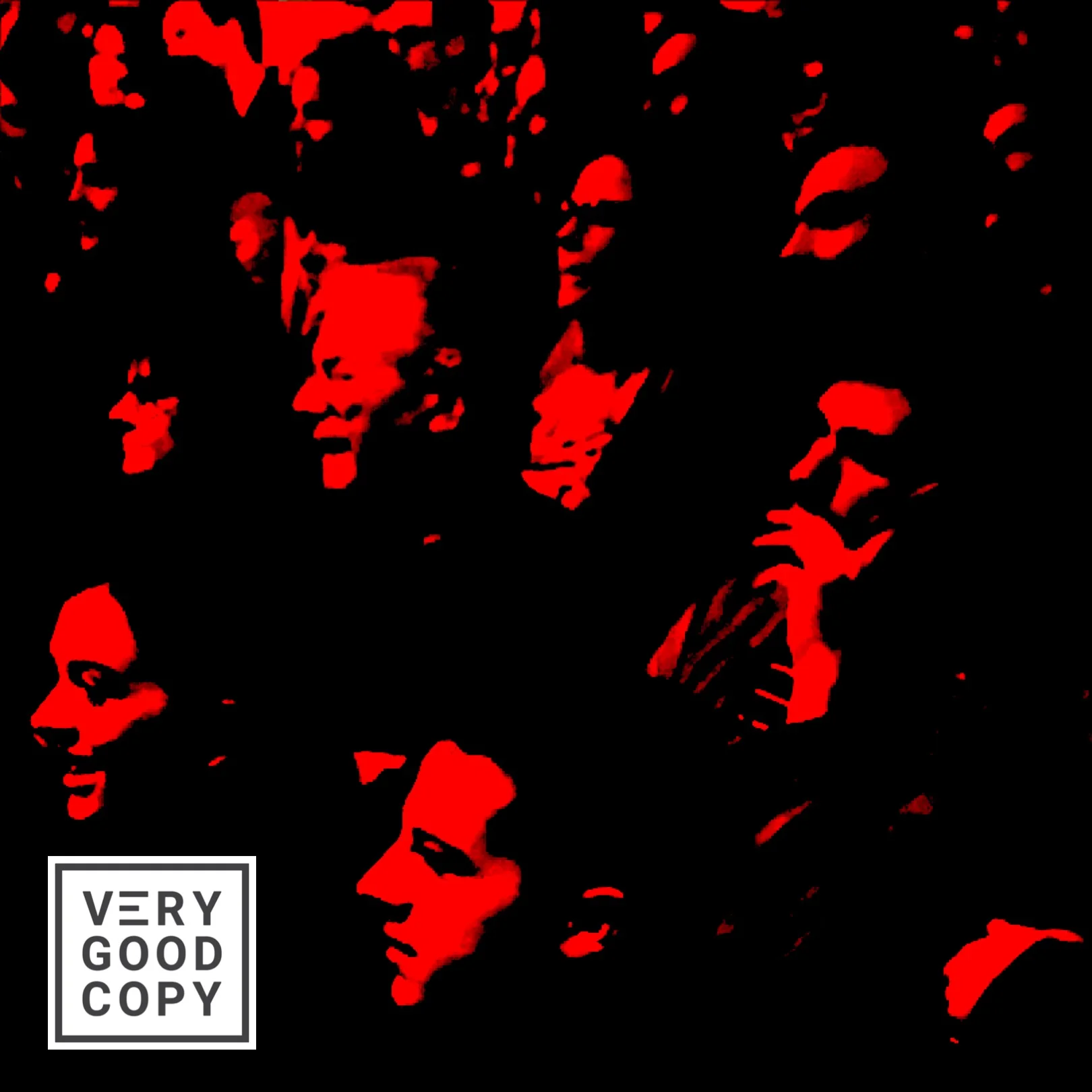
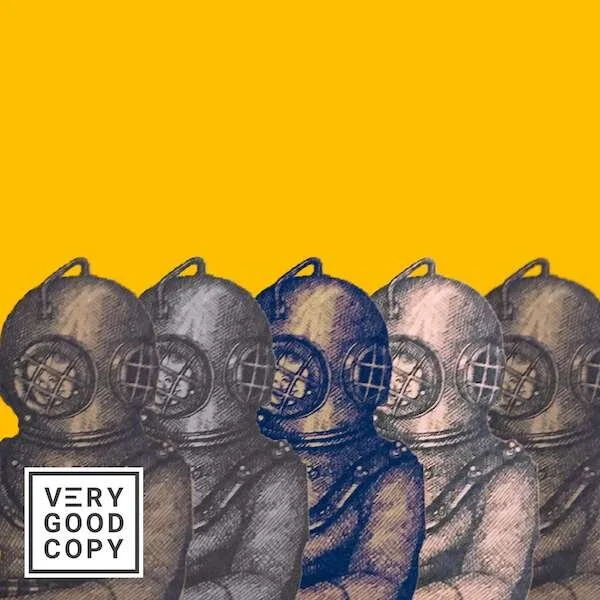







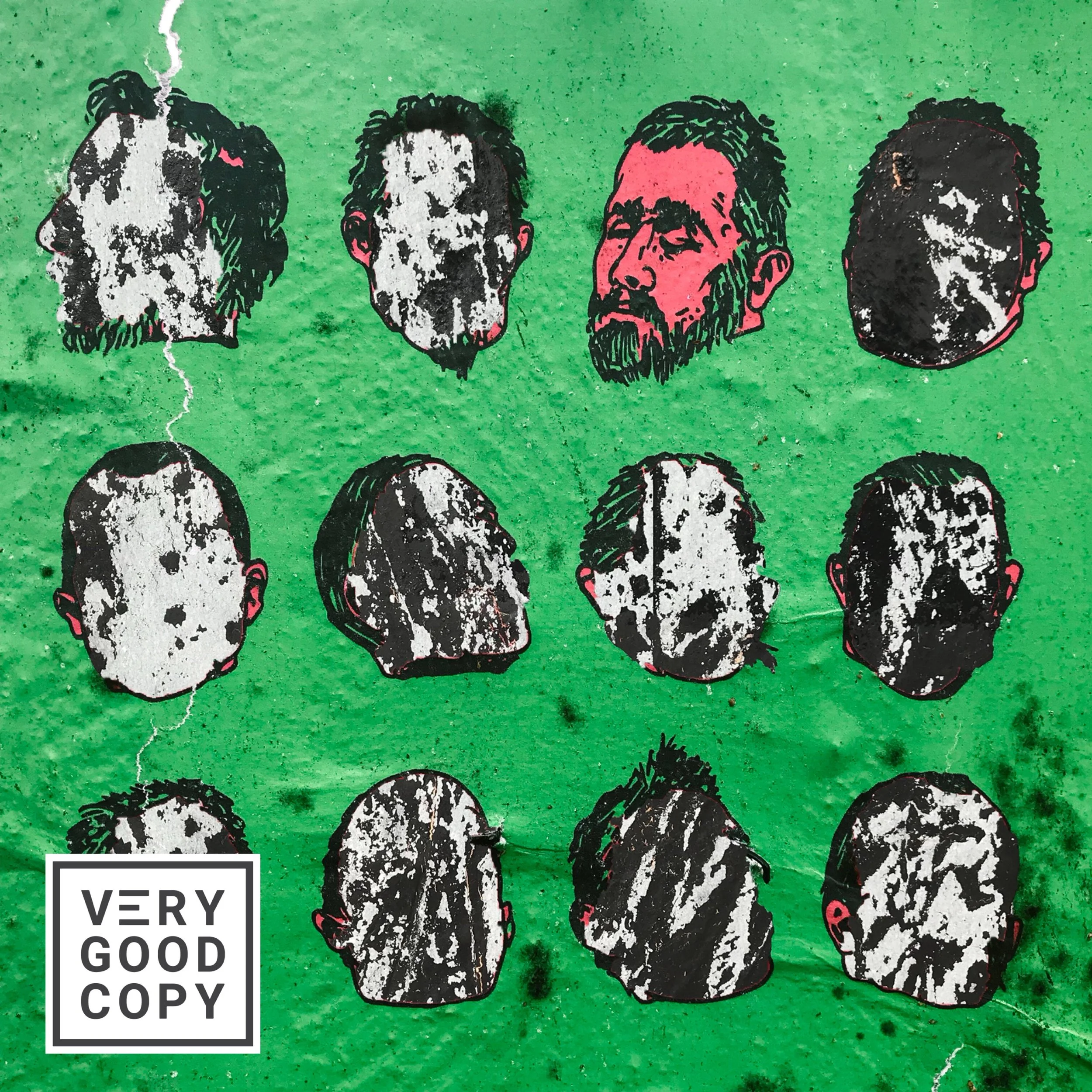

![How copywriters put prospects in the buying mood [quick trick]](https://images.squarespace-cdn.com/content/v1/5615edeae4b0b9df5c3d6e90/1533095575515-C2JPAZA3C46IBX00EMM8/Put+prospects+in+the+buying+mood+%5BVGC+art%5D.JPG)









